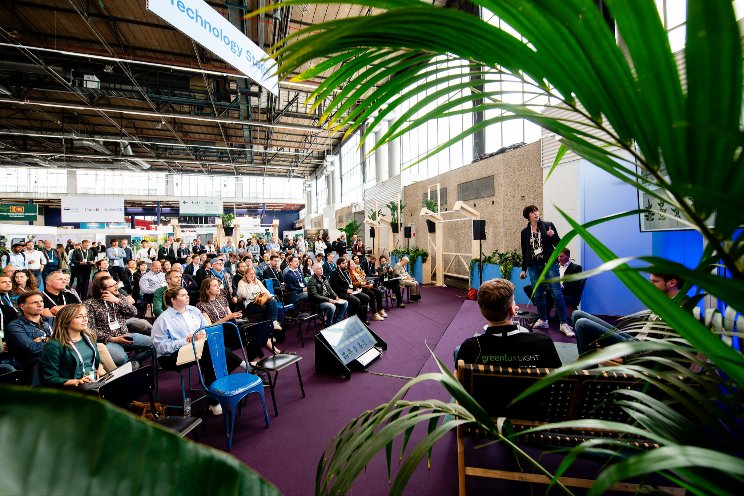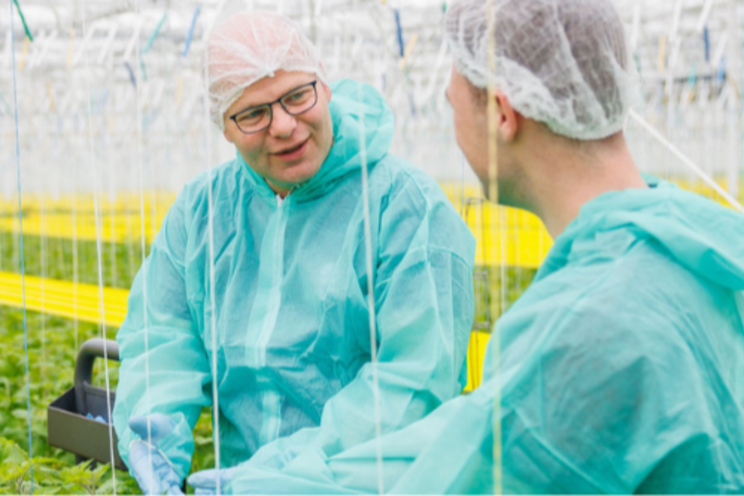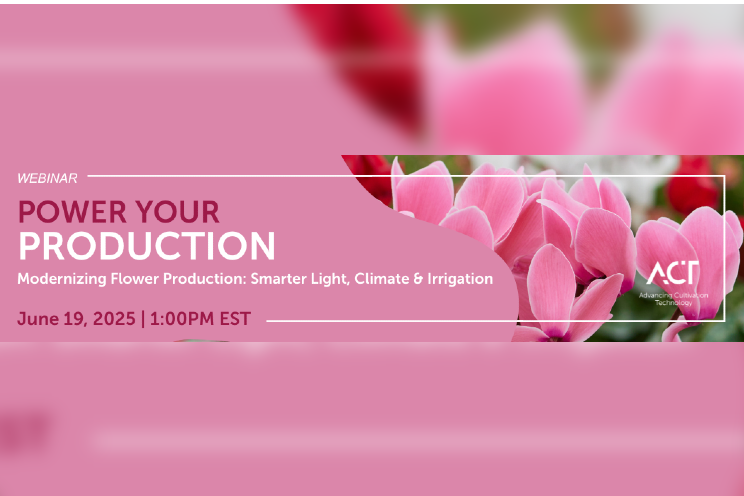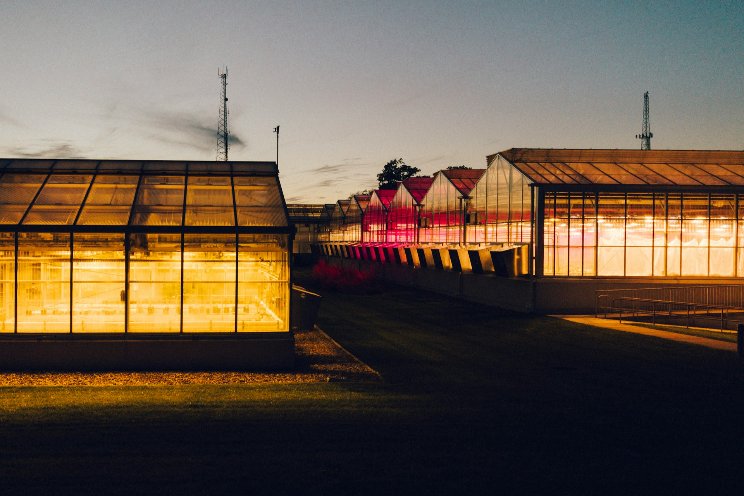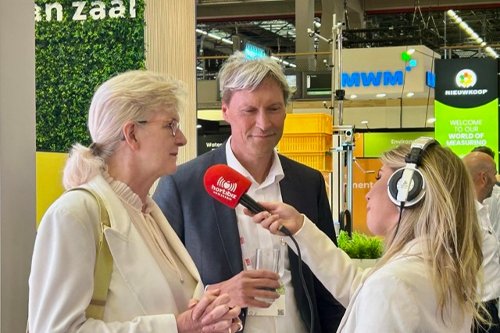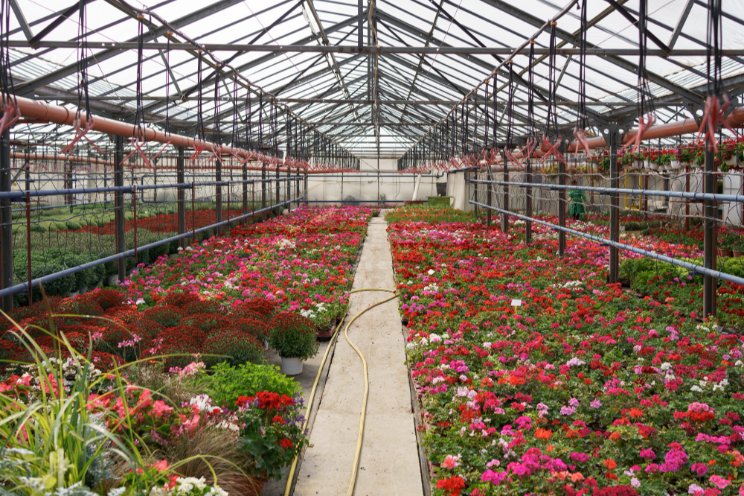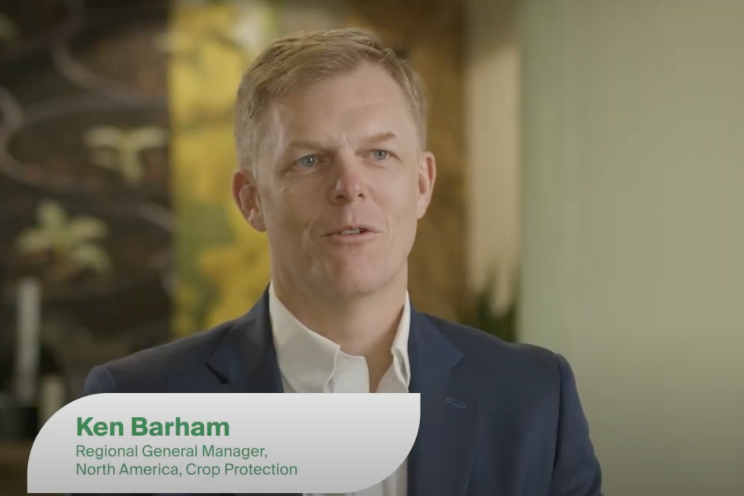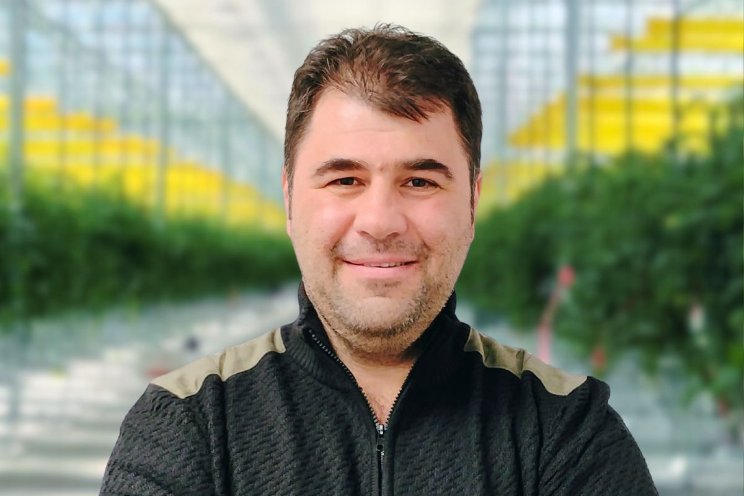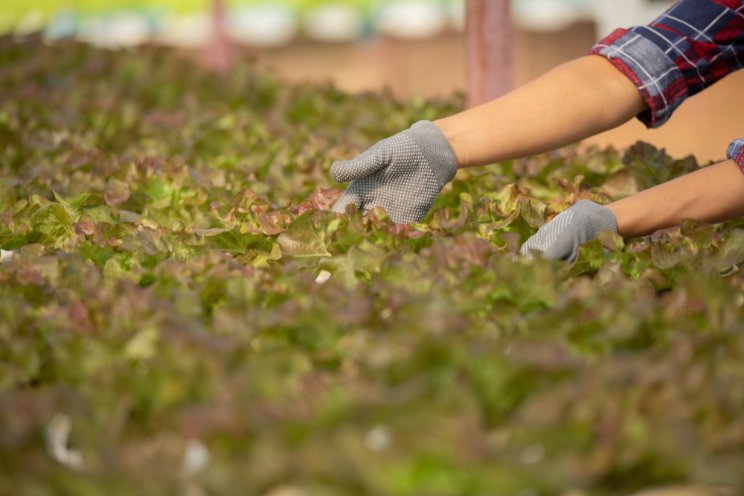Algae cultivation scale-up with Lgem PBRs
Added on 30 May 2025
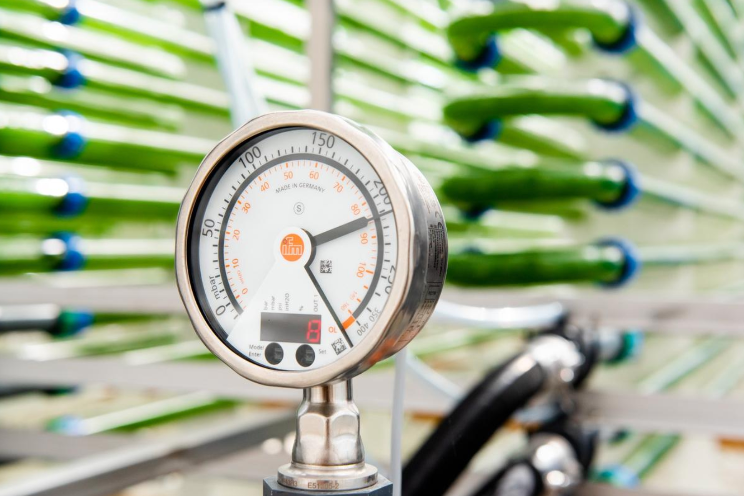
1. Key steps in transitioning from lab-scale to pilot-scale to industrial-scale cultivation
Environmental control variations
Lab environments offer high control over culture conditions such as temperature, pH, and light and nutrient availability. Scaling up introduces environmental variability, especially in outdoor systems subject to seasonal and daily variations. To mitigate this, indoor systems can replicate controlled lab conditions more effectively. Fully indoor cultivation can also be economically feasible, provided electricity prices remain below €0.15 per kWh
Impact of system size on circulation and light distribution
As system size increases, circulation times extend significantly—ranging from 6 to 12 minutes in Lab-25 systems, 12 to 30 minutes in pilot setups, and up to 20 to 40 minutes in full-scale industrial systems. The increased circulation times affect nutrient uptake and gas exchange throughout the helix. In addition, at Lgem, tube diameters increase from 32 mm (OD) at lab scale to 65 mm (OD) at pilot and industrial scale, altering light penetration and requiring recalibration of the applied light intensity to maintain the same productivity.
More news
